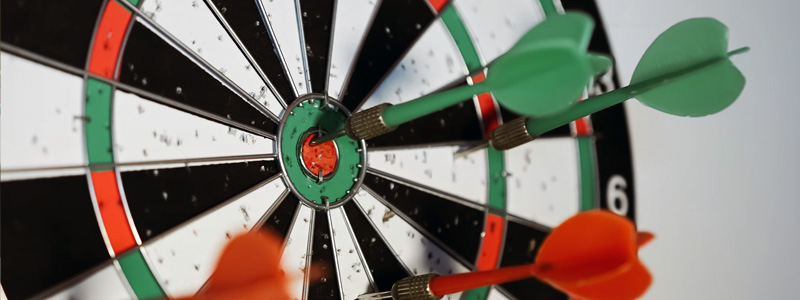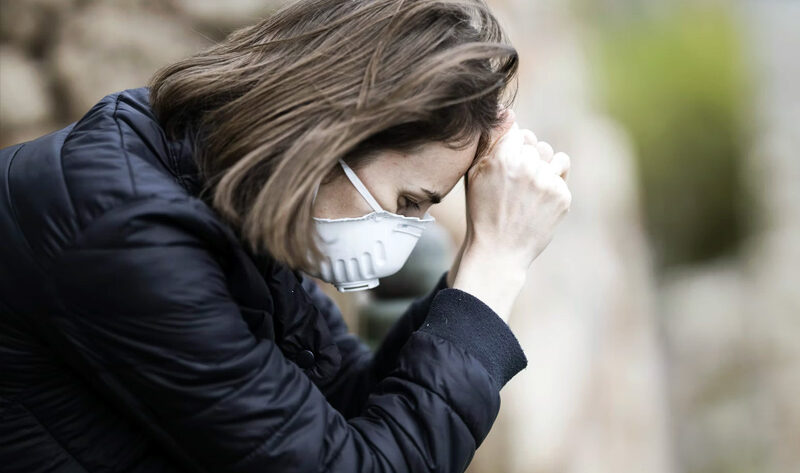Headaches, anxiety and sleepless nights; we immediately associate stress with bad things. But is stress always bad? What is the best way to deal with stress? First, let’s figure out what stress actually is and the types of stress out there.
The Biology Behind Stress
Stress begins with your body’s reaction to a changing environment. When we come across changes that our body perceives as a threat, our body releases hormones and chemicals, such as cortisol and adrenaline, to help us tackle this threat. These increase our pulse, cause our muscles to tense up, and generally make us become more alert.
In the short term, this rush of energy helps us deal with the issues at hand. For example, if the stress comes from an upcoming deadline, these chemicals may help you stay awake and focused longer to finish the task quickly.
However, there’s a chance that you may also develop chronic stress, or prolonged stress. Prolonged stress goes on for weeks or even months, and can lead to various health problems. Chronic stress is often the culprit behind many illnesses, such as high blood pressure, heart diseases, or psychological problems such as depression and anxiety.
Is Stress Bad For You?

While we usually refer to stress when talking about negative events, stress is not always a bad thing. There is actually a positive type of stress, called “eustress”, that is caused by the excitement from positive challenges in our lives.
Unlike negative stress, eustress is essential to have in our lives and is good for our well-being. This type of stress encourages us to step out of our comfort zones, yet is still within our ability to tackle down. Without eustress, our lives will slide down to boredom. Eustress challenges us within our area of capability and will enhance our performance, be it at work or school.
With eustress, this rush of energy in your body is perceived as excitement. With negative stress, or distress, the stress is prolonged. Problems such as conflict with a supervisor or coworker at work, managing multiple projects at once, . In the long term, these hormones can cause health problems and make you feel anxious or constantly tired.
Maintaining Eustress
Both eustress and distress start from the same hormones and chemicals in the body. To figure out if your stress is negative or positive, eustress has these characteristics:
- Shows up from challenges that are within our capability,
- Creates excitement or curiosity,
- Is short-term,
- Results in inspiration, higher motivation, and better performance.
Eustress usually stems from positive changes or challenges in our lives, such as starting a new school project that you know you’re capable of, joining new activities at school or work, or earning a promotion at work and getting new responsibilities.
However, eustress doesn’t always come from big changes. We can also include eustress through small routines in our daily lives to make sure we’re constantly challenged and motivated. Here are some of the routines you can try adding in to your daily activity.
1. Plan an exercise routine

Be it jogging, swimming, or hitting the gym, physical activity is a great way to challenge yourself without going overboard. Having a workout routine keeps you active and may even encourage you to create new targets for yourself. If you’re into jogging, for example, you may be motivated to try out new tracks or reach new target distances every week.
In addition to that, exercising regularly is also proven to combat chronic stress. Physical activity releases endorphins, a natural painkiller produced by your body that improves your mood and alleviates stress. An exercise routine helps to keep both your mind and body healthy.
2. Create targets for yourself

Both personal and professional targets encourage growth. These targets can be for anything, be it for exercising, starting a new hobby, or a project at work or school.
When planning a target for yourself, make sure to note these things:
- The target should be challenging, yet still achievable. For example, if you have only recently taken up painting, don’t expect to instantly paint a Mona Lisa. Instead, aim to learn the basics first, such as learning color theory and mixing, and starting from simple landscapes.
- Make small yet consistent progress. Any progress or change may not be drastic, but any step towards the right direction is great progress.
- Keep yourself accountable. Create a log or journal to regularly note your progress. If you’ve been making more or less progress than usual, evaluate the reasons behind it and what you can do to anticipate.
3. Learn new skills

Learning new skills can be part of your personal target as well, but learning new skills in general creates a sense of excitement. For example, you can learn a new language, start a new hobby such as painting, cooking, or crochet, or skills relating to your professional area.
A new skill or hobby puts you out of your comfort zone, yet you’ll still have full control over your own pace of learning. You can plan targets that you know are still within your ability and still experience growth.
References:
Lindberg, S. (2019, January 3). Eustress: The Good Stress. Retrieved from Healthline: https://www.healthline.com/health/eustress
MentalHelp. (2021). Types of Stressors (Eustress vs. Distress). Retrieved from MentalHelp.net: https://www.mentalhelp.net/stress/types-of-stressors-eustress-vs-distress/
National Institute of Mental Health. (n.d.). 5 Things You Should Know About Stress. National Institute of Mental Health.




